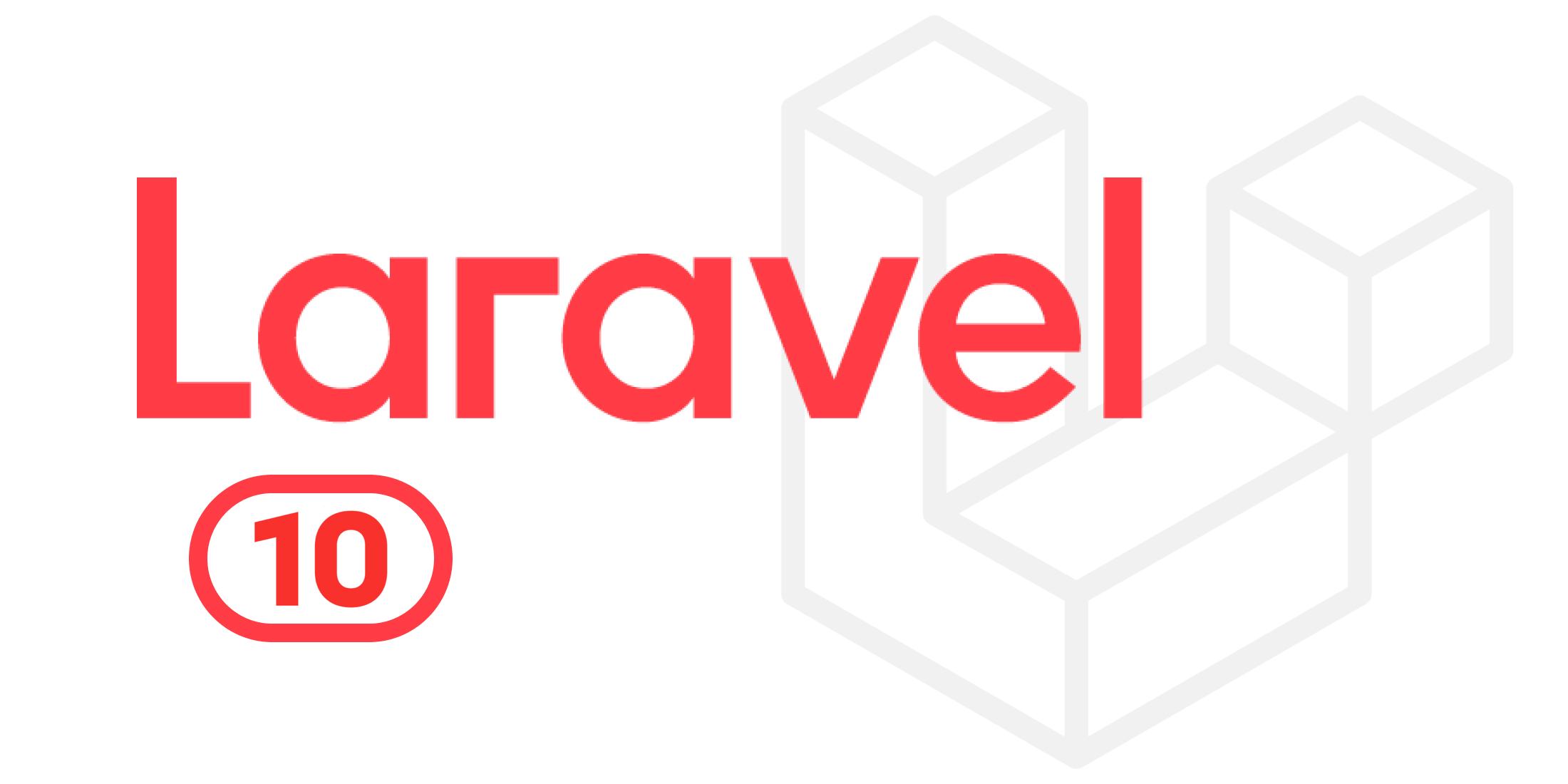Laravel provides a set of middleware that you can use to enhance the security of your web application. These middleware can help protect against common security threats and vulnerabilities. Here are some of the security middleware provided by Laravel:
EncryptCookies: This middleware encrypts the cookies used by your application, making it more difficult for attackers to tamper with or read the cookie data.
VerifyCsrfToken: Cross-Site Request Forgery (CSRF) is a common web vulnerability. This middleware automatically checks that each incoming POST, PUT, PATCH, or DELETE request includes a valid CSRF token, protecting against CSRF attacks.
TrustedProxies: If your application is behind a reverse proxy or load balancer, you can use this middleware to specify the trusted proxy addresses. This helps ensure that Laravel correctly identifies the client's IP address.
FrameGuard: This middleware adds the X-Frame-Options header to responses, which can protect against clickjacking attacks by controlling how your application can be embedded within an iframe.
ContentSecurityPolicy: This middleware sets the Content-Security-Policy header, allowing you to define a policy for controlling what types of content can be loaded by your application. This helps prevent various types of attacks, such as cross-site scripting (XSS) and data injection.
XssFilter: This middleware enables the built-in XSS protection provided by Laravel. It automatically filters the request input for potential XSS (cross-site scripting) attacks.
SecureHeaders: This middleware adds various security-related headers to the response, including Strict-Transport-Security, Content-Security-Policy, X-Content-Type-Options, X-XSS-Protection, and more. These headers can help protect against different types of attacks and vulnerabilities.
To use these security middleware in your Laravel application, you can add them to the middleware stack in the App\Http\Kernel class. You can specify the desired middleware and their order within the protected $middleware or protected $middlewareGroups arrays.
It's worth noting that these are just a few examples of the security middleware provided by Laravel. Depending on your application's specific requirements and the level of security you need, you may consider using additional security measures, such as authentication and authorization middleware, input validation, and output sanitization, to ensure the overall security of your application.
















